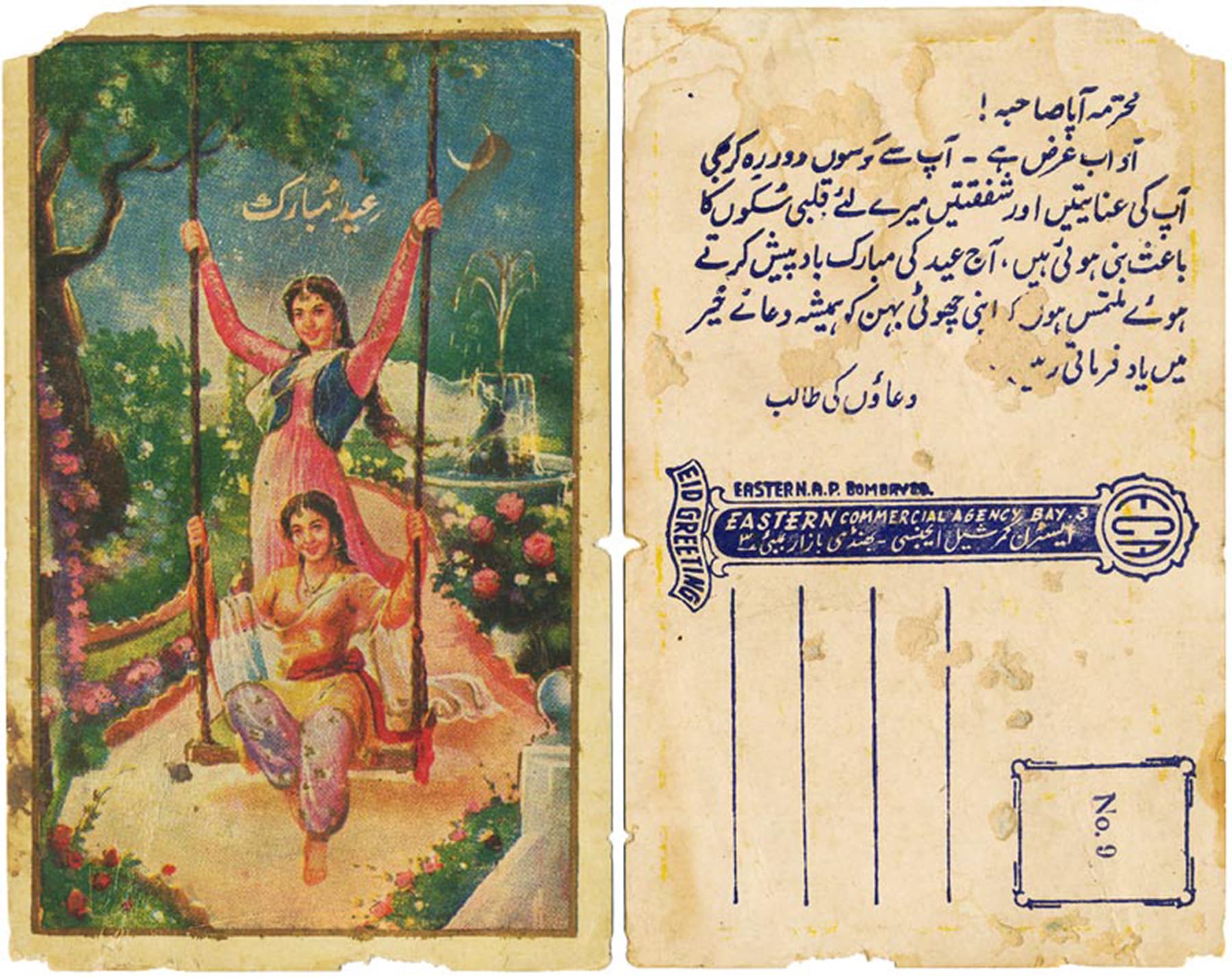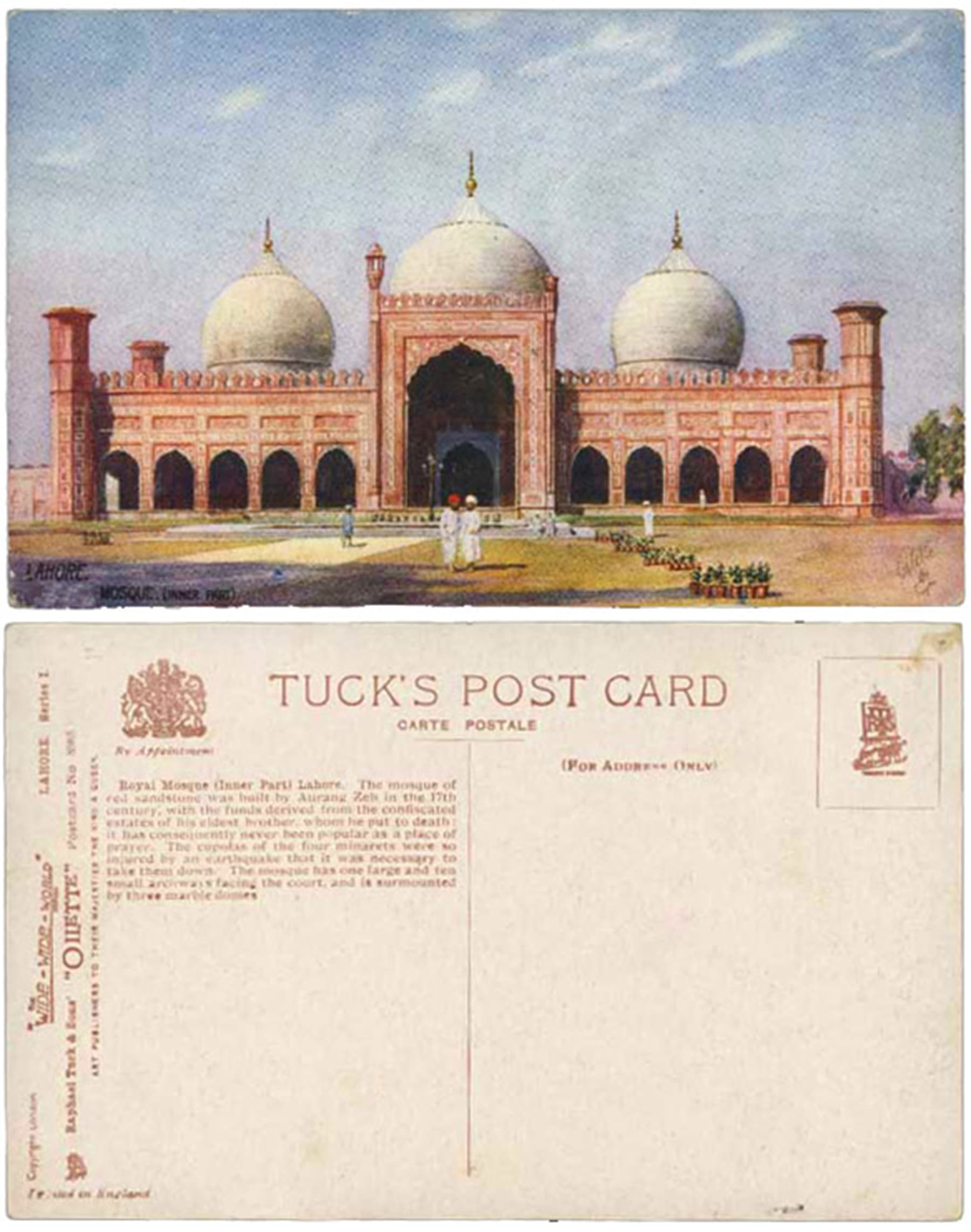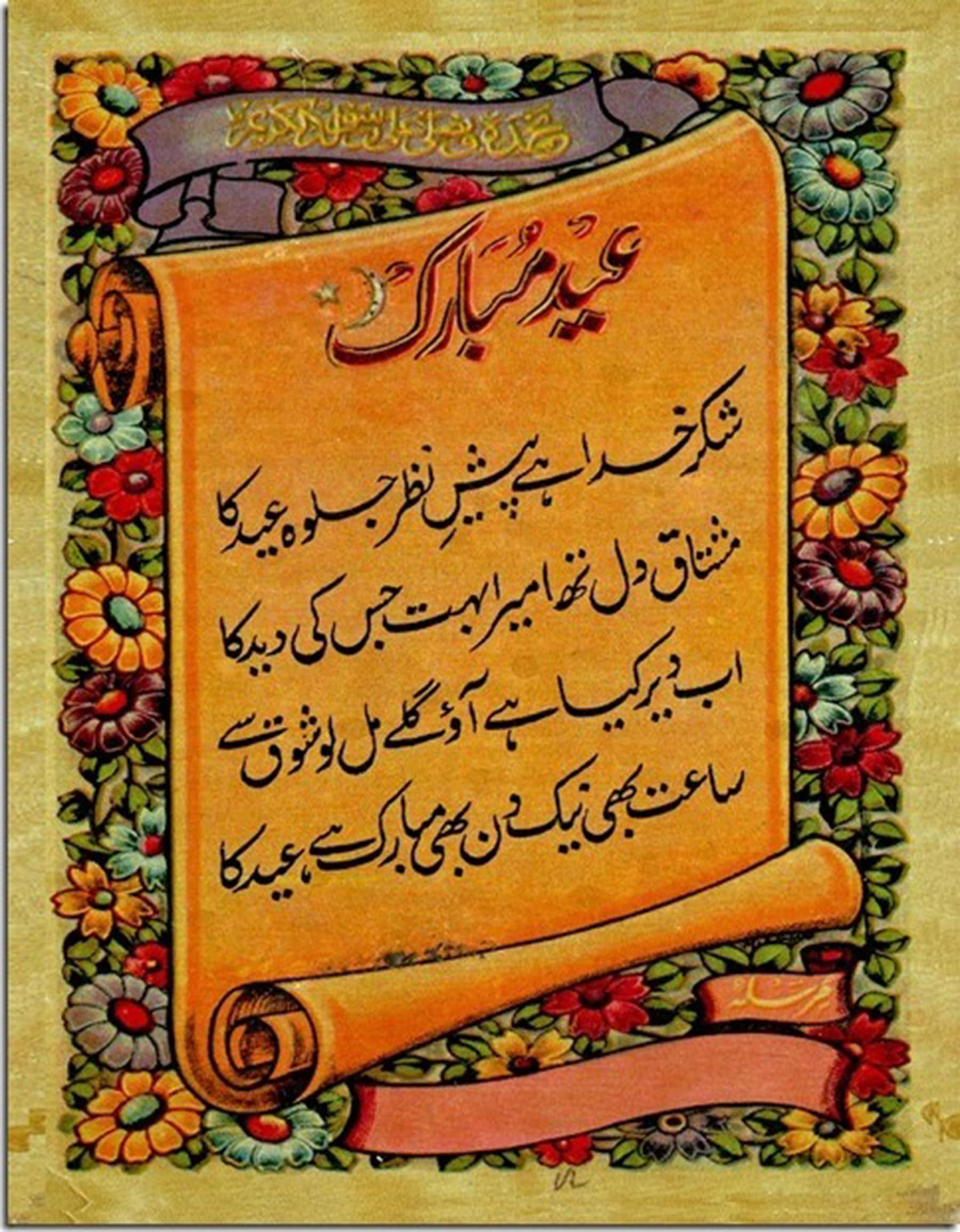The lost art of Eid greeting cards

This blog was first published in July, 2015.
Eidul Fitr celebrations come in a multitude of unique forms in our society. As the month of Ramazan approaches its last leg, markets all across the country are glittered with Eid paraphernalia: confectionery, clothes, bangles, mehendi – all typical associations with this festive occasion.
However, one particular trend has dwindled over the years: the practice of sending out Eid cards.
It was once a routine for most families to spend time appropriately selecting, purchasing, writing and posting Eid greeting cards to friends and families. But now, it has become a rarity.



While the custom of Eid greetings has not entirely vanished, the mode has changed. People neither get the time to visit card stalls like before, nor line up for the postage. On the eve and day of Eid, mobile phones services, however, do experience a sudden onslaught of heavy traffic owing to a blitz of Eid wishes being SMSed back and forth.
Read on: Eid cards, not e-cards
In this era of mobile and social media connectivity, where handwritten letters have lost their utility, it is be interesting to revisit the trend of Eid cards, particularly in its early days, when the practice was first introduced to our region.

For that purpose, we have selected some unique examples from the collections of Yousuf Saeed, who runs Tasveer Ghar and is a filmmaker, author and archivist based in Delhi; Ally Adnan, a Dallas, USA-based engineer; writer and antique collector and Omar Khan who is running Imagesofasia.com, a collection of vintage postcards and lithographs.
In the Indian subcontinent, the tradition of sending greeting cards on Eid started in the late 19th century. Although many well-off Muslim families were, since centuries, accustomed to sending calligraphic and artistically decorated greeting messages on Eid, the mass availability of Eid cards and its mailing by post originated only by the late decades of 19th century.
We presume there are two reasons behind that: the expansion of the railway network and the advent of new printing facilities.

The railway network had increased to 25000 km in 1880 from just 34 km in 1853, when the first passenger train service was inaugurated in India. With the expansion of railway, people began travelling far away from their homes, for employment and business. It also improved the postal service. And the relatively advanced printing facilities revolutionised the trend of Eid cards in terms of quality of production and availability.
Also read: A fading tradition
From the examples available, we can see that the early cards were basically European-made Christmas cards which were being modified and used as Eid cards after the requisite stamping, printing or handwriting.

Eid cards with Indian-specific images and illustrations began being produced in the early years of the 20th century. Hafiz Qammaruddin & Sons, H. Ghulam Muhammad & Sons and Muhammad Hussain & Brothers in Lahore, Mahboob Al Matabah in Delhi and Eastern Commercial Agency Shabbar T Corporation and Bolton Fine Art Lithographers in Bombay were amongst the earliest companies that came into the business of printing Eid cards in India. Although the postcards with Indian Muslim architecture, produced by Raphael Tuck in London were also used for Eid.


No discussion of these vintage Eid cards would be complete without a note on the specific type of Urdu poetry that is found on them, which was clearly penned especially for the occasion of Eid.
میرے یاروں کو مبارک عید ہو غمگساروں کو مبارک عید ہو عاشق و معشوق رندو پارسا آج چاروں کو مبارک عید ہو
Eid greetings to my friends,
Eid greetings to my sympathisers,
Eid greetings to the lovers and the beloveds, the drunks and the pious,
Eid greetings to all four of them today.
ہماری عید تو جب ہے کہ دیکھیں تیرے آبرو کو ہلال عید کو اے مہ جبیں دیکھا تو کیا دیکھا
Eid is when I see your eyebrows
Just seeing the crescent, my dear, is no Eid.
سب لوگ تو دیکھتے ہیں کھڑے چاند عید کا مشتاق ہوں میں رشک قمر تیری دید کا
While everyone is interested in sighting the moon,
I only desire to see your face.
یہ شام عید ہے اے میرے ناقہ محمل چمک کے چل کہ دیار حبیب تک پہنچیں
It is the eve of Eid, o my camel,
Run fast and take me to the city of my beloved.
Also read: Musharraf’s quote makes way into Eid cards
The tradition of Eid cards remained at its peak till the end of the previous century, and diminished with the surge of mobile and online communication. Obviously, technology had made it more affordable, convenient and maybe even attractive for people to share their greetings.
Yet, those of us who have lived the joy of handpicking, writing, sending and receiving Eid cards cannot find its substitute in the click of buttons.









This blog was first published on Dawn.com on July 20, 2015


